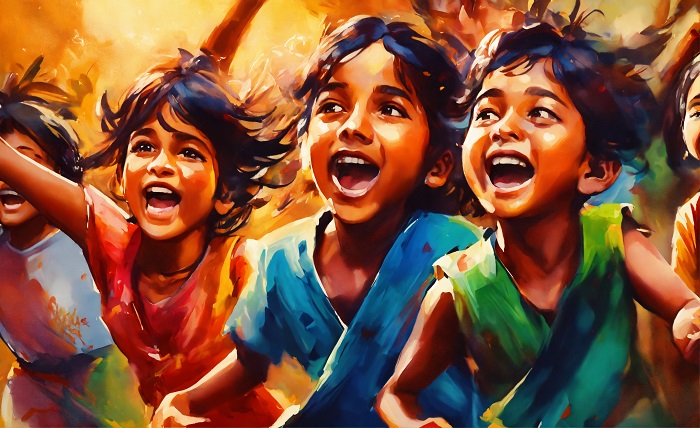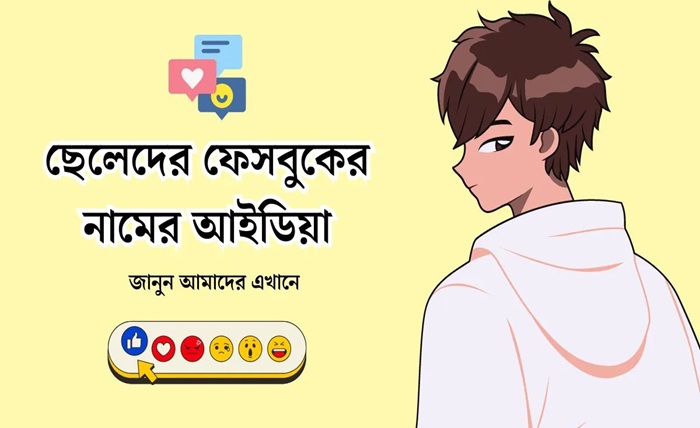In the vast and colorful tapestry of human emotions, friendship stands as one of the most vibrant and essential threads. It is a bond that often defies definition, built on shared laughter, silent understandings, and unwavering support. But how does one capture the immense, often inexpressible, value of a true friend? For centuries, across the Indian subcontinent, the answer has been found in the melodic and profound art of dosti shayari. This unique genre of poetry dedicates itself entirely to celebrating, questioning, and honoring the bond of friendship. Dosti shayari provides a vocabulary for the heart, offering words that can express gratitude, joy, nostalgia, and even the pain of betrayal with a beauty that ordinary language often fails to achieve. It is the language of the soul, spoken between companions.
What is Dosti Shayari? Defining the Bond in Verse
At its core, dosti shayari is a sub-genre of Urdu and Hindi poetry that focuses exclusively on the theme of friendship (dosti). Unlike the more commonly known romantic shayari, which explores the passions of love, dosti shayari delves into the nuances of platonic love—the loyalty, the camaraderie, the silly jokes, and the profound life lessons learned alongside a friend. A piece of dosti shayari can be a simple couplet (sher) or a longer poem (nazm), but its power lies in its ability to resonate with universal experiences of friendship. It uses metaphor (istiare), simile (tashbih), and personification to elevate the friend to a cherished status, often comparing them to a lifeline, a treasure, or a healing balm. The primary purpose of dosti shayari is not just to describe friendship but to celebrate it, to acknowledge a friend’s impact on one’s life, and to strengthen the bond through the gift of beautiful words.
The Roots of Companionship: A Historical Look at Dosti Shayari
The tradition of shayari itself has deep roots in Persian and Arabic literary cultures, but the specific focus on dosti evolved significantly within the Indian context. As shayari flourished in the Mughal courts and later in public mushairas (poetic symposia), poets began to explore a wider range of human experiences beyond divine and romantic love. The concept of yaarana (friendship or comradeship) has always been a central theme in Indian storytelling, from the epic friendship of Krishna and Sudama to the modern-day Bollywood bromance. This cultural importance naturally seeped into poetry. While it’s harder to pinpoint classical poets who wrote exclusively dosti shayari, elements of friendship and loyalty are present in the works of many greats. The modern form of dosti shayari, as we know it today, gained massive popularity in the 20th and 21st centuries, becoming a staple of Bollywood films, popular music, and social media, making the genre accessible and relatable to the common person who wishes to celebrate their friends.
The Many Hues of Friendship: Themes in Dosti Shayari
The beauty of dosti shayari is its remarkable range. It is not a monolithic genre but a spectrum of emotions, each verse capturing a different facet of friendship. Some of the most common and powerful themes found in dosti shayari include celebration and gratitude, where poets express sheer joy and thankfulness for a friend’s presence, often calling them a gift from God or a stroke of luck. Another prevalent theme is unwavering support and loyalty, with verses promising to stand by a friend through thick and thin, in storms and in sunshine, embodying the classic promise of “through hell and high water.” Furthermore, dosti shayari beautifully captures shared memories and nostalgia, with poets reminiscing about old times, childhood adventures, and the “good old days,” a theme that strongly resonates with everyone. Lastly, a more poignant but equally important theme is that of distance and separation, which includes verses for friends who are far away, assuring them that true friendship knows no geographical boundaries, a highly relevant topic in our globalized world.
Voices of Friendship: Iconic Examples of Dosti Shayari
To truly understand the impact of dosti shayari, one must engage with the verses themselves. These lines, often simple yet profound, have been shared on friendship days, written in yearbooks, and texted between best friends for generations. While many great poets have contributed, some verses have become iconic for their perfect capture of the friend’s emotion. For instance, a very popular and simple dosti shayari goes:
“Dosti sirf ek lafz nahi hoti,
Dosti toh woh ehsaas hoti hai,
Jo har dil mein basa hota hai.”
Translation: “Friendship is not just a word, It is that feeling, which resides in every heart.” This verse is a perfect example of dosti shayari that defines the emotion beyond mere terminology. Another classic example celebrates the depth of the bond:
“Waqt ki aandhi mein log to bahut ud jayenge,
Par jo humsafar tumhare ho kar rahenge, wahi sacche dost hain.”
Translation: “In the storm of time, many people will fly away, But those who remain by your side are true friends.” This piece of dosti shayari highlights the theme of loyalty and enduring support. The genius of these verses lies in their universal relatability, making them timeless pieces of dosti shayari.
Beyond Borders: Dosti Shayari in English and Global Culture
While the soul of dosti shayari is deeply embedded in the linguistic nuances of Urdu and Hindi, its spirit is absolutely universal. The core themes of trust, laughter, and support are global. This has led to a beautiful fusion where the essence of dosti shayari is expressed in English, creating a bridge for non-Hindi/Urdu speakers to connect with this poetic form. This isn’t a direct translation but rather the creation of original English poetry that follows the heart of dosti shayari. For example:
“We didn’t know we were making memories,
We just knew we were having fun.”
Or a verse more aligned with the traditional style:
“You are the ink to my pen, the rhythm to my rhyme,
The partner in my crime, throughout the test of time.”
This kind of poetry carries the same sentimental weight and celebratory tone as traditional dosti shayari. It proves that the desire to poetically honor friendship is a human constant, and the influence of dosti shayari has helped shape how people across the world choose to express it on greeting cards, social media posts, and in personal letters.
Crafting Your Own Tribute: How to Write Dosti Shayari
Perhaps after reading these verses, you feel inspired to write your own piece of dosti shayari for a dear friend. The process is less about rigid rules and more about authentic emotion. The first step is to reflect on a specific memory or quality of your friend. What makes them special? Was it their support during a hard time? Or their ability to make you laugh uncontrollably? Genuine feeling is the foundation of all powerful dosti shayari. Next, think of a metaphor. Instead of saying “you are a good friend,” compare them to something symbolic. Are they the anchor to your ship? The sunshine on a cloudy day? The coffee to your morning? Jot down these ideas.
Then, focus on the structure. A classic dosti shayari couplet often has a rhyme scheme. Start with two lines that rhyme at the end. Don’t worry about perfection; focus on the heart of the message. For example: “Through every failure, every fall, / You were the one to take my call.” Read it aloud. Does it flow? Does it sound sincere? The best dosti shayari comes from a place of love and appreciation, so your friend will cherish the effort and emotion above all else, making your personal dosti shayari a priceless gift.
Sharing the Bond: Using Dosti Shayari in Modern Life
In today’s digital age, the tradition of dosti shayari is not only alive but thriving. It has found a new home on social media platforms like Instagram, WhatsApp, and Facebook. Dedicated pages share beautiful images overlayed with verses of dosti shayari, which users then share with their friends as a token of appreciation. On Friendship Day, these platforms are flooded with dosti shayari, making it a global phenomenon. People use it as WhatsApp statuses, caption photos with their friends, and send them as good morning messages. This digital sharing has democratized dosti shayari, making it accessible to millions and ensuring the tradition is passed on to younger generations. It is no longer confined to poetry books; it is a living, breathing part of daily communication, used to strengthen bonds and bring a smile to a friend’s face, proving the enduring relevance of dosti shayari.
Conclusion
Dosti shayari is more than just poetry; it is a cultural artifact, a emotional tool, and a celebration of one of life’s greatest gifts. It gives us the language to honor the people who stand by us, laugh with us, and help us become who we are. From its historical roots to its modern digital life, dosti shayari continues to evolve, but its core purpose remains unchanged: to articulate the beautiful, complex, and unwavering bond of friendship. In a world that can often feel isolating, these verses remind us of the connections that sustain us. So, the next time you think of a friend, perhaps you can find a piece of dosti shayari that says what you feel, or better yet, create your own.
FAQs
1. What is the main difference between dosti shayari and romantic shayari?
The key difference is the subject matter. Dosti shayari exclusively celebrates platonic friendship (dosti), focusing on themes like loyalty, camaraderie, and support. Romantic shayari focuses on passionate, romantic love (ishq), exploring desire, longing, and heartbreak in a romantic context.
2. Can I use dosti shayari for a friend who lives far away?
Absolutely. In fact, one of the most common themes in dosti shayari is dealing with distance and separation. There are many beautiful verses that express how true friendship remains strong despite physical miles, making dosti shayari a perfect way to reassure a far-away friend.
3. Who are some famous poets known for their dosti shayari?
While many classical poets touched on themes of companionship, modern poets like Rahat Indori, Bashir Badr, and Gulzar have penned very popular and relatable dosti shayari. Much of the dosti shayari shared online is from contemporary or anonymous writers.
4. I don’t speak Urdu/Hindi. How can I understand dosti shayari?
Many online resources and social media pages provide dosti shayari with Romanized transliteration (Urdu/Hindi words written in English letters) and English translations. This allows you to appreciate the sound and rhythm while understanding the meaning.
5. How can I share dosti shayari with my friends?
Dosti shayari is perfect for sharing! You can text it to them, post it on their social media timeline with a tag, use it as a caption for a photo of you together, or even write it in a card or letter for a personal touch. It’s a thoughtful way to show you care.




